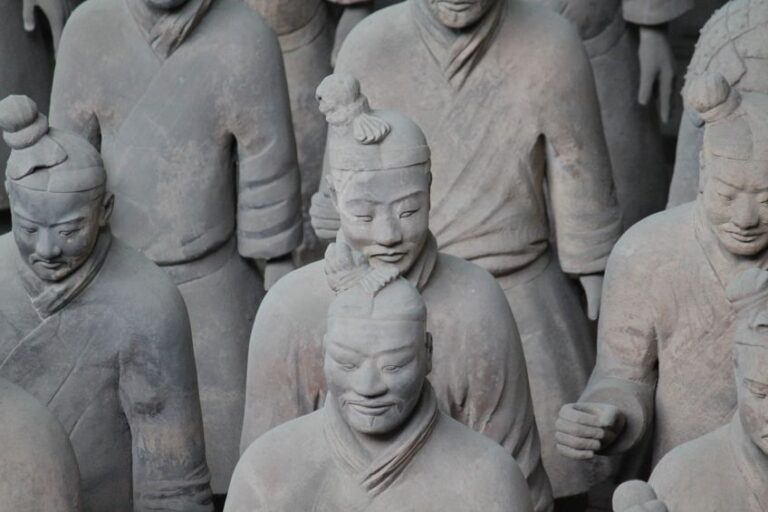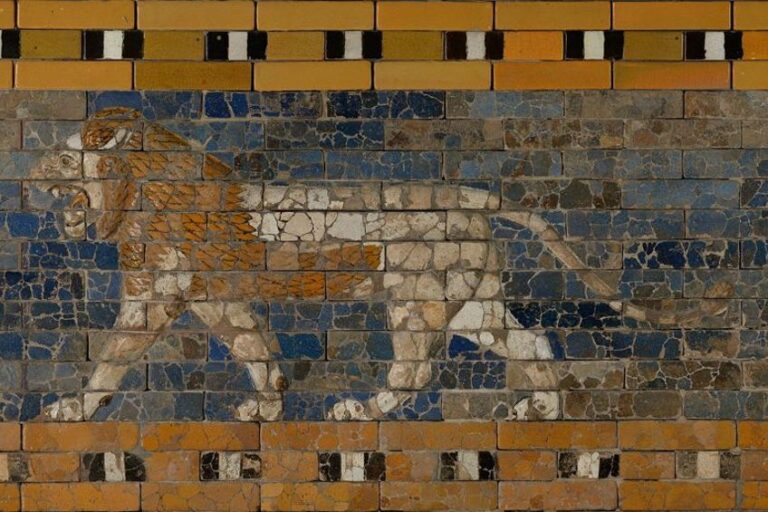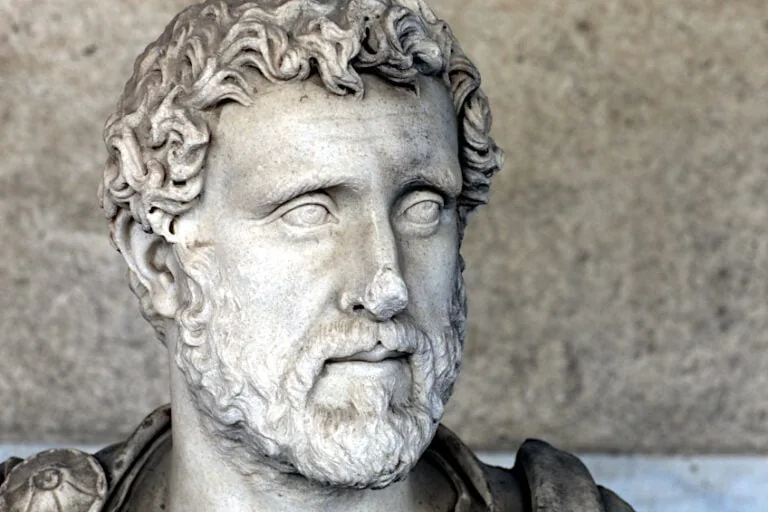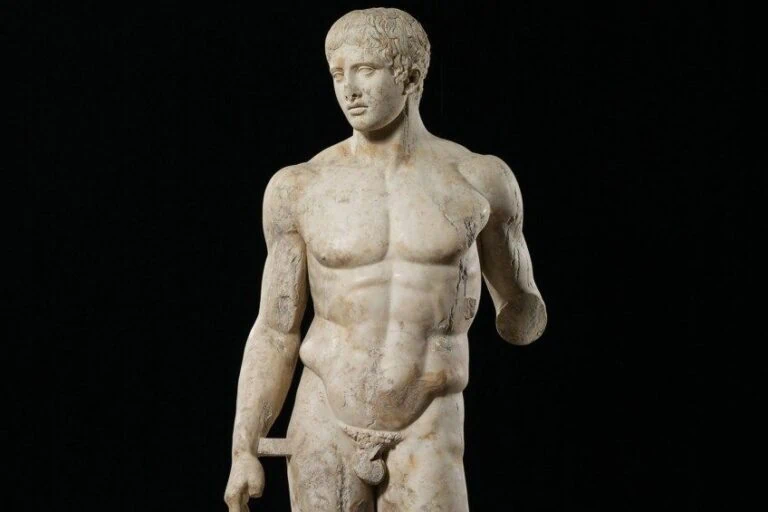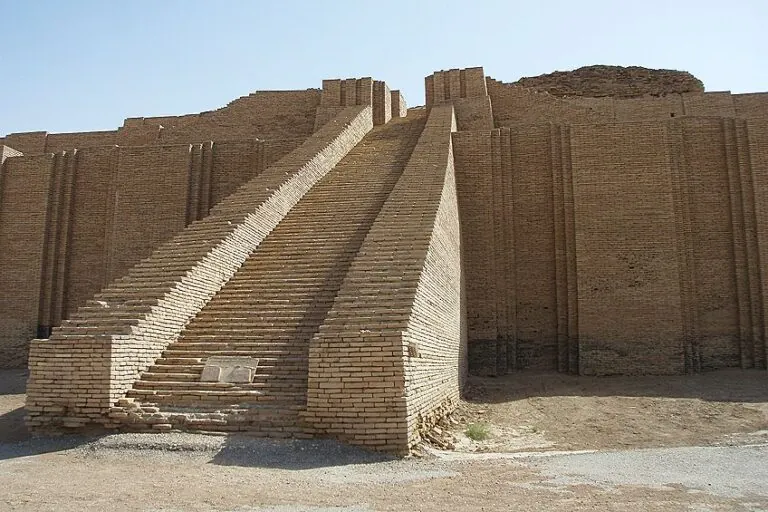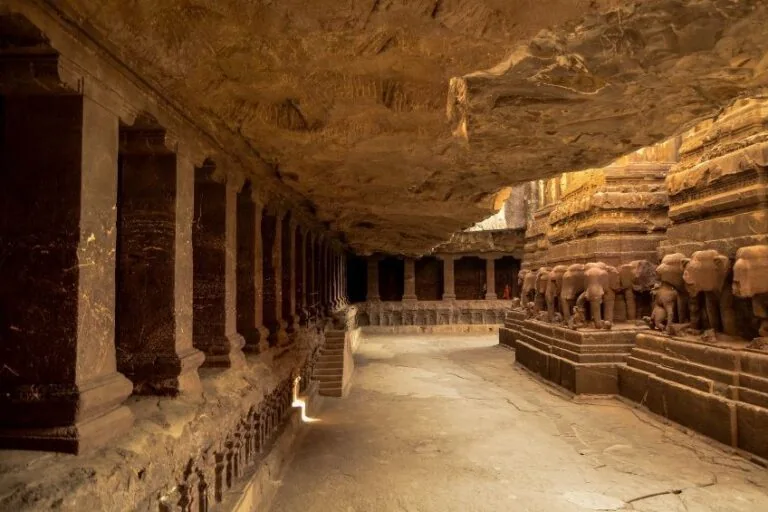Temple of Athena Nike – The History of the Acropolis Temple
There are plenty of monumental structures around the world that draw in both tourists and researchers alike. These structures are known not only for their impressive architecture, but for the incredible stories surrounding them as well. None have quite as interesting of a story as the tale of the temple of Athena Nike. This being said, let’s have a look at exactly what the temple of Athena Nike is, where it’s located, its dimensions, and what exactly makes this ancient Greek temple so special. Keep in mind that there are plenty of Greek temples dedicated to various deities, so if this one tickles your fancy, be sure to check out a few more of them.
What Is the Temple of Athena Nike?
| Architect | Callicrates (426 – 421 BCE) |
| Dimensions (m) | 8.27 x 5.64 |
| Date of creation | 425 BCE |
| Location | Acropolis, Dionysiou Areopagitou, Athina 105 58, Greece |
| Architectural style | Classical ionic Greek architecture |
The temple of Athena Nike (as the name suggests) is one of many temples that were constructed in honor of the deity Athena. This temple is found on the steep bastion on the South-westerly corner of the Acropolis near the entrance of the site. This structure, unlike other structures like the Acropolis Propper, does not have a boundary wall surrounding it and can be accessed relatively freely.
As you can probably tell by the name of the temple, it is dedicated to the deity “Nike” as well. Athena and Nike are closely associated with one another due to the fact that they are both believed to embody the concepts of combat, battle strategy, and victory, albeit in slightly different contexts. Nike tends to be associated with the outright concept of victory more than Athena.
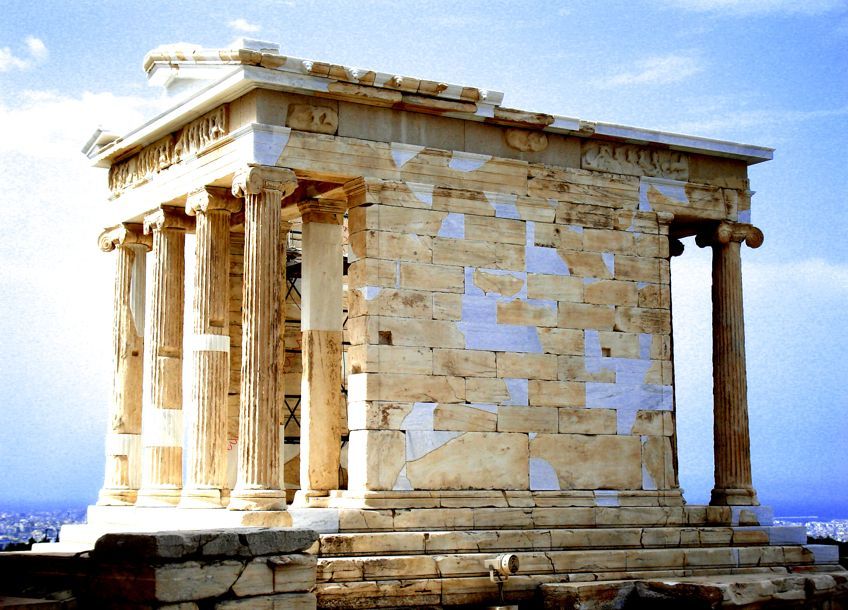 Image of the Temple of Athena Nike (c 450 BCE); Rafael da Silva, CC BY-SA 3.0, via Wikimedia Commons
Image of the Temple of Athena Nike (c 450 BCE); Rafael da Silva, CC BY-SA 3.0, via Wikimedia Commons
The worship of these deities was common, especially in times of war, which the Greek people were extremely familiar with. Whether it be victory in battle with a foreign enemy or victory against a neighboring city-state, these deities were believed to grant wisdom and strength when the brave warriors of Athens needed it.
One of the occasions where the people of Athens needed the help of both Athena and Nike was during the now-famous Peloponnesian war. This war lasted nearly 15 years and both the people of Greece, and their natural resources came under great strain. This would have resulted in loads of offerings and prayers being offered to these deities of war at the time. Waring between city-states was also fairly common before Greece became united. At a certain point in time, Athens found itself at odds with the Spartans, a Greek city-state that almost exclusively consisted of battle-hardened warriors.
Considering that most Athenians were poets, sculptors, or tradesmen, it is understandable why they would pray so avidly towards Athena and Nike in times like these.
The Cult of Athena
In modern history, the term “cult” gets a pretty bad rap, and understandably so. However, in the context of the ancient Greek cults, it simply meant a group of people who were exclusively devoted to a single deity, equivalent to a modern-day religious denomination. As you’ve probably guessed by now then, the cult of Athena Nike was devoted almost exclusively to these deities.
This cult existed back in the 6th century BCE. At the temple itself, there is an image left by the cult that depicts the deity holding a helmet in its left hand and a pomegranate in its left. The symbolism is believed to depict the dichotomy between life and death, the pomegranate symbolizing life a rebirth, and the helmet depicting war, combat, and death.
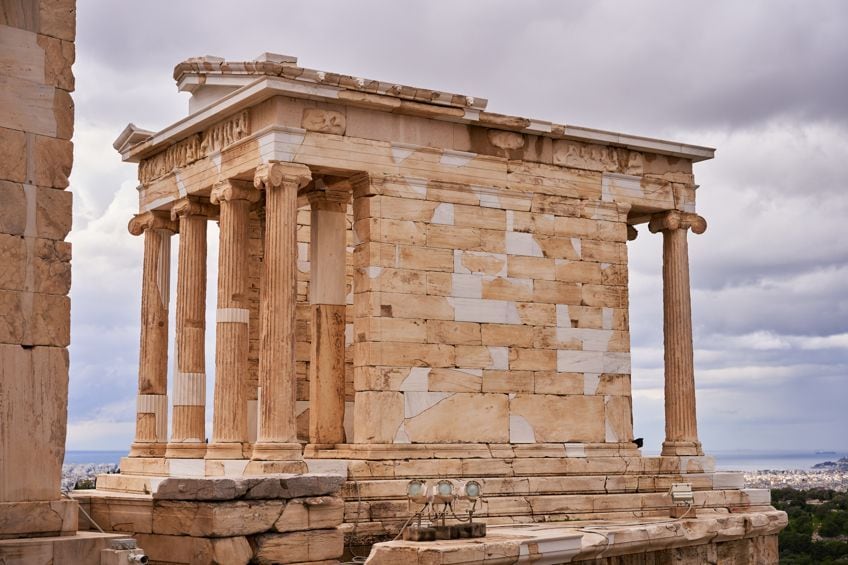 Temple of Athena Nike (c 450 BCE); George E. Koronaios, CC BY-SA 4.0, via Wikimedia Commons
Temple of Athena Nike (c 450 BCE); George E. Koronaios, CC BY-SA 4.0, via Wikimedia Commons
While we have a limited understanding of the exact practices of the cult, numerous items such as small bones and objects that have been known to act as offerings to various deities have been uncovered near the temple. Idols have also been discovered within the area, which may have served as tokens or avatars of some kind during ceremonies.
Athena was seen as a major player in the Greek pantheon, so it isn’t surprising that there would be an entire temple dedicated to her and Nike during this period. Lesser places of worship such as little shrines have been found over the years, but it’s pretty obvious that the ancient Greeks revered this deity, even during the fall of the Greek empire in later years.
The Destruction and Reconstruction of the Athena Nike Temple
Even if your only knowledge of ancient Greek history is from high-school history class, you’re probably aware of how they loved to build and rebuild temples. The rebuilding of said temples was not always due to renovations though, as leadership often changed and Greek states were frequently attacked, resulting in the destruction and pillaging of their infrastructure.
The temple of Athena Nike was no exception to this trend. Even though the temple was constructed back in 425 BCE, it was destroyed more than once, and as a result, had to be rebuilt from time to time. Not every occasion the temple was destroyed was a result of war though, as there are records of renovation and expansion happening throughout its history.
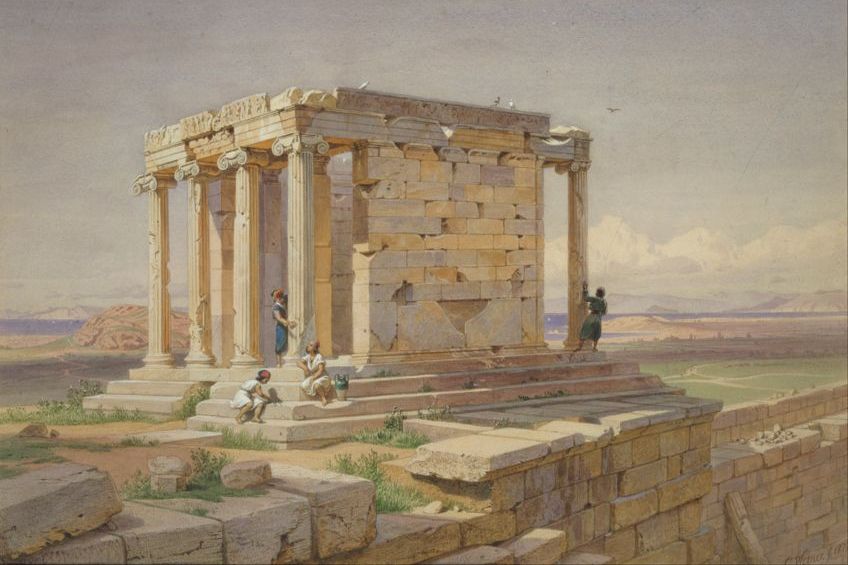 The Temple of Athena Nike (1877) by Werner Carl-Friedrich; Benaki Museum, Public domain, via Wikimedia Commons
The Temple of Athena Nike (1877) by Werner Carl-Friedrich; Benaki Museum, Public domain, via Wikimedia Commons
The first time the temple was destroyed was between 480 and 479 BCE. This was due to an onslaught by Persian invaders that left many Greek city-states ruined, and even influenced the popular “300’ movie franchise. Eventually, a new temple was rebuilt over the remains of the old one and finished construction around 420 BCE. The cult of Athena functioned a lot like a church congregation, and much like when a community church is damaged, it’s fairly common for the congregation to pitch in and help with the repairs. The cult of Athena Nike did something like this, electing a priestess to supervise the reconstruction of their place of worship after the Persian attack.
The cult members seem to have kept to themselves for the most part and simply wished to participate in the worship of their deity without bothering anyone. However, there was a period when Pagans were persecuted in ancient Greece, and it is believed that despite their docile nature, the temple would have been closed to patrons during this period.
Greece would eventually fall to the Byzantine empire due to its forces being stretched thin. While under Byzantine rule, the Greeks were attacked by the Ottoman Empire during their 1463 campaign to conquer Constantinople. During their occupation, the temple was not touched by the Ottomans for several years until around 1686.
After this, the Ottomans would demolish the temple and some of the smaller surrounding structures in an effort to build defensible barricades around the area’s perimeter. Nearly a century later, the temple would be reconstructed thanks to Greece becoming independent once more, and the last time any work had been done to the site was when the flooring was dug up and redone around 1998.
Integrated Art of the Temple of Athena Nike
Even though the temple had been destroyed and rebuilt numerous times, a great effort had gone into both the placement of the temple as well as the art that had been integrated into it. The architectural style remained ionic, and for the most part, so did the statues and reliefs located on the interior and exterior of the structure.
One of the most revered forms of art on the temple is its friezes. If you’re unsure about what friezes are, they can be described as part of the ceiling structure that hangs vertically off the edges of a building. These friezes usually depict a story that can be read as one makes their way around the building or can simply depict the various gods or goddesses a temple is devoted to.
 Friezes of the Acropolis Temple (c 450 BCE); British Museum, Public domain, via Wikimedia Commons
Friezes of the Acropolis Temple (c 450 BCE); British Museum, Public domain, via Wikimedia Commons
The friezes of Athena Nike are quite sought after, and as a result, many friezes from previous iterations of the structure have been preserved and put on display in museums all around the world. The Northern frieze depicts the Greeks in battle with cavalry; the southern frieze depicts the battle of Platea, and the eastern one depicts Zeus, Poseidon, and Athena.
The western frieze has seen better days though, and even though it still has much of its original artwork left over it’s difficult to tell what exactly the scene is. This piece has actually gone on loan to many museums around the world and has been studied, restored, and maintained by experts studying the ancient Greeks. Not all of the artwork of the temple is purely aesthetic though. In the early 1900s, a parapet was added to the perimeter of the temple to prevent people from falling off the edge into the rather steep bastion.
If you’re unsure about what exactly a parapet is, think of it as a low balcony that ensured people (little ones mostly) would not fall off the edge of the structure.
The Parapet of Nike
Temples were places of worship, much the same as a mosque or church in more “popular” faiths. Like these structures, there would have been various statues depicting the deities associated with the said temple, and in the case of the temple Athena Nike, there is at least one surviving example of such statues that have been found and studied to this day.
The statue in question is that of Nike leaving over. The statue would have been found on the parapet of the temple and is somewhat unique in its pose and composition. The statue features Nike leaning with her weight on her right leg in an attempt to adjust the sandal on her left foot. What makes this statue so unique is the fact that Nike is using both hands to adjust her sandal instead of one.
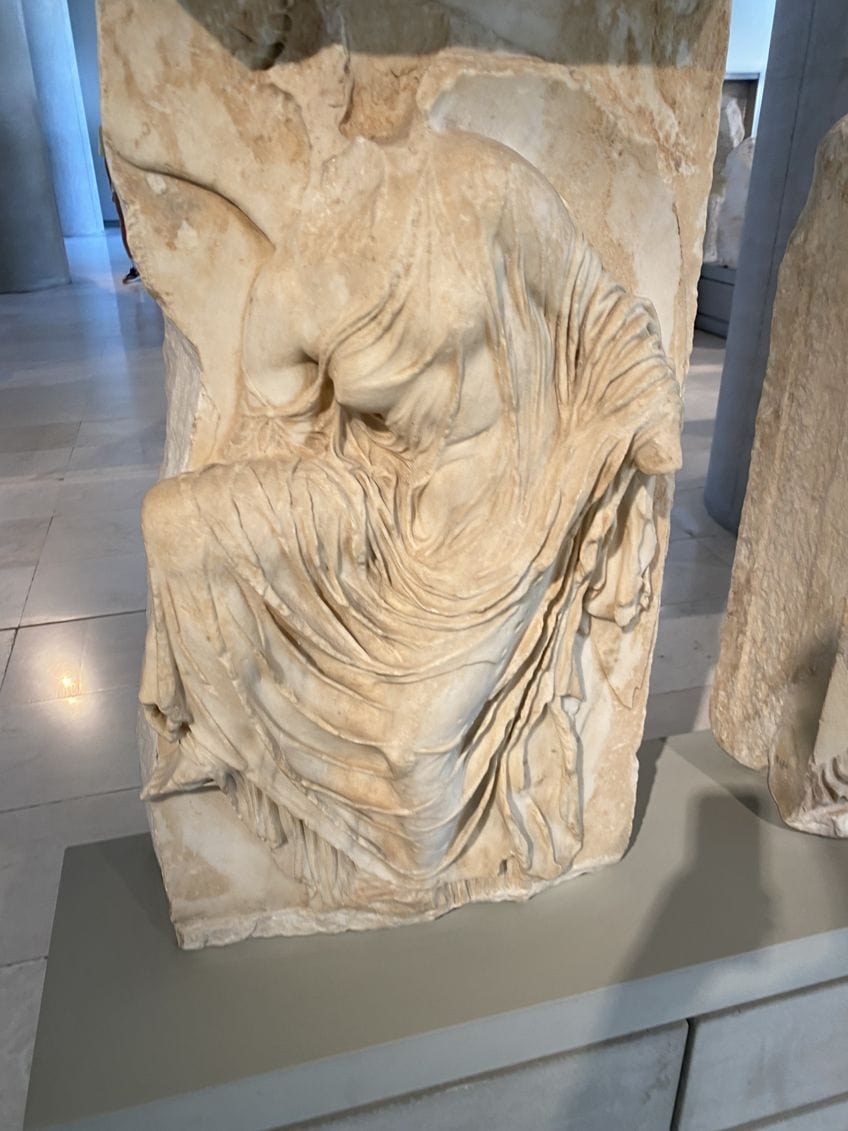 The Parapet of Nike (c 450 BCE); Melissopetra, CC BY-SA 4.0, via Wikimedia Commons
The Parapet of Nike (c 450 BCE); Melissopetra, CC BY-SA 4.0, via Wikimedia Commons
As she does so the dress she is wearing appears to be falling off her shoulders, a provocative gesture that draws focus to her femininity. This is a fairly common concept for sculptures of the time, but having a subject adjust their sandal with both hands is relatively uncommon. There has been a lot of debate about what this actually means, and one theory seems the most plausible.
Much the same as in other places of worship like a mosque, it is seen as a sign of respect to remove one’s shoes when entering the temple. This statue likely served as a reminder for patrons of the temple to remove their shoes upon entering, and we think that this subtle nod is a bit more tasteful than a huge sign, although it could easily be misconstrued.
Now that you know what the temple of Athena Nike is, where it is located, what it was built for when it was destroyed and rebuilt, and what exactly makes it so special, it’s time for you to get out there and put your newfound knowledge to the test. There are loads of people all over the world who practice variations of Paganism, so be sure to familiarize yourself with their practices and beliefs should you find yourself visiting sites like these.
Frequently Asked Questions
What Is the Acropolis Temple?
There is often confusion about what exactly the acropolis temple is. The acropolis temple is another name given to the temple of Athena Nike, an ancient place of worship that has now become somewhat of a famous monument in modern history.
What Is the Acropolis Temple Used For?
The acropolis temple is typically used for tourist visits and historical study these days. However, in ancient Greece, it would have been used exclusively for the worship of the goddesses Athena and Nike. They were believed to oversee victory and strategy in battle, as well as matters of the heart, nature, and romance in some instances.
Are Athena and Athena Nike the Same?
Athena was the primary deity associated with the city-state of Athens, and Nike was considered to be the deity most closely associated with the concept of victory. Eventually, these two would become mutually exclusive from one another, hence the temple of Athena Nike.

I am deeply passionate about history and am constantly fascinated by the rich and complex stories of the past. As the editor-in-chief of learning-history.com, I have the opportunity to share this passion with a wide audience through the creation and distribution of engaging and informative content about historical events, persons, and cultures. Whether it’s through writing articles and blog posts or creating videos or podcasts, I strive to bring the past to life in a way that is both accurate and enjoyable. My expertise in history, combined with my strong writing and communication skills, allows me to effectively communicate complex historical concepts and make them accessible and interesting to a wide range of readers. I am truly grateful for the opportunity to share my love of history with others through my work on learning-history.com.

